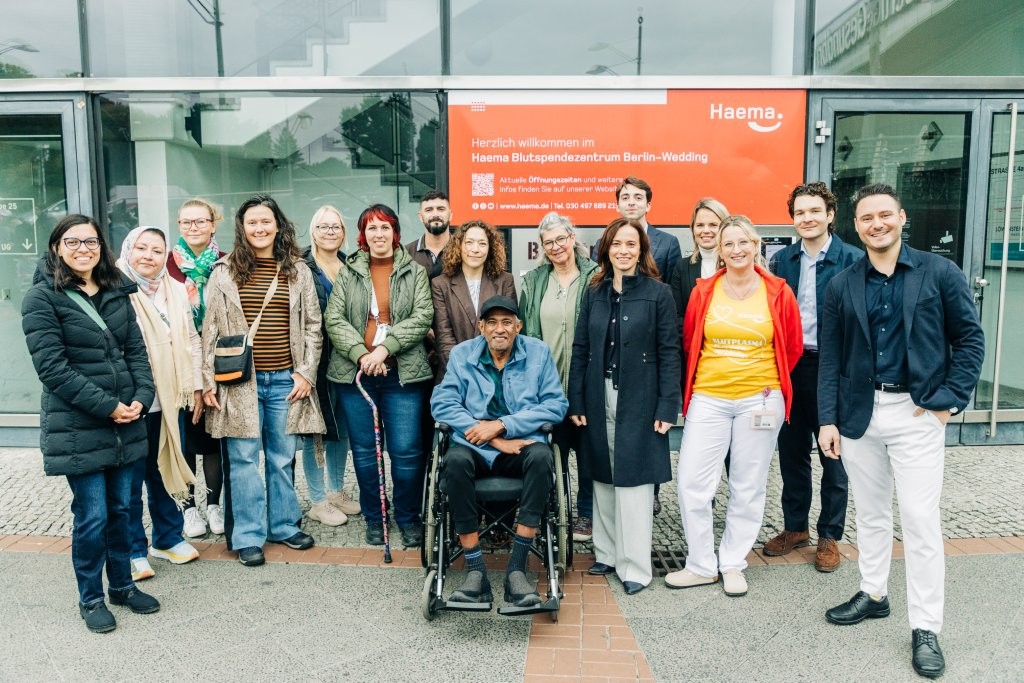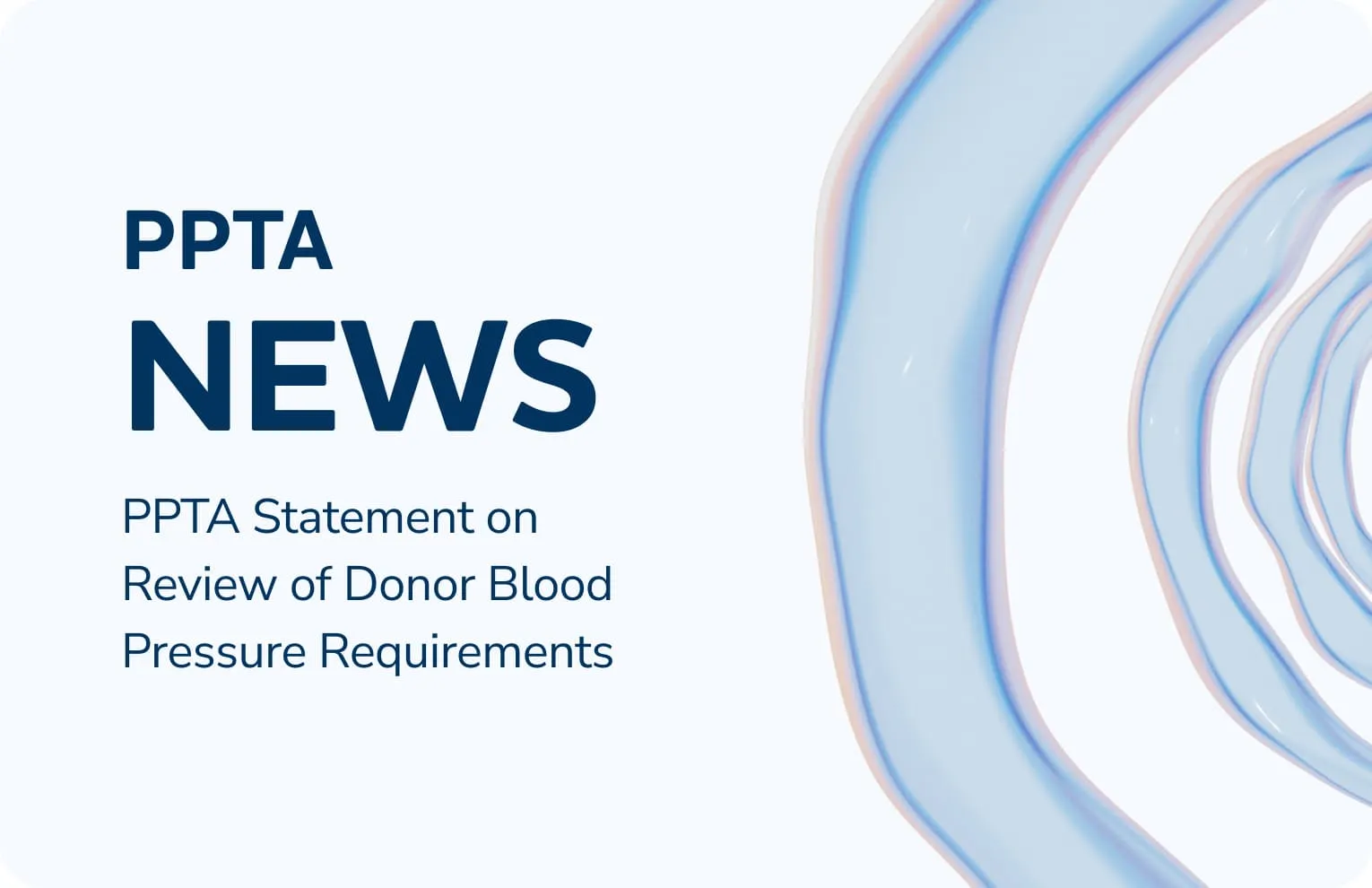October 30, 2025
By Marilena Vrana, Vice President, Public Affairs & EU Operations
During this year’s International Plasma Awareness Week (IPAW), which took place from 6-10 October, I had the opportunity to witness firsthand the commitment of the plasma community by visiting Haema’s Blut- und Plasmaspendezentrum Berlin-Wedding. It was a powerful reminder of what plasma donation represents — a profound act of solidarity that fuels scientific progress and makes possible a better quality of life for countless patients, thanks to the tireless work of health care professionals.
This was precisely the theme of this year’s IPAW: Plasma Powers Possibility. And while the official awareness week may have concluded, the theme is the everyday reality of the many patients who have personally witnessed the power of plasma.
Every donation fuels possibility for patients in need, while plasma itself stands as the quiet force behind many medical uses — with ongoing research uncovering new and promising clinical applications every day.
Across Europe, hundreds of thousands of patients rely on plasma-derived medicinal products (PDMPs). This is why it is essential to spread awareness that plasma is a cornerstone of public health. In just one year, it can take around 130 donations to treat a single person living with a primary immune deficiency, 900 donations for one person with Alpha-1 antitrypsin deficiency, and 1,200 donations to treat one person with hemophilia. Plasma-derived medicines play a vital role well beyond rare diseases. They are used daily in hospitals to treat burns, trauma, and Rh incompatibility in pregnancy, and to support patients through cancer therapy, cardiac procedures, major surgeries, liver treatments, and many more. Their impact is far-reaching across modern medicine.
As clinical need for plasma grows, we must also acknowledge the need to increase donation — as PDMPs can only be made from human generosity as plasma cannot be recreated in a lab. Donating plasma is an act of kindness, one that enables patients to lead independent, healthy lives. To meet this public health challenge, Europe needs a coordinated approach that ensures public and private collection systems work together effectively.
The shared goal of health care professionals, policymakers, donors, and stakeholders must remain clear and united: To improve patients’ quality of life and enable them to live fulfilling lives. That is why I call on all stakeholders to work together, across every level and sector, both public and private, to echo outstanding work being done at donation centers across the EU and to inspire more citizens to become plasma donors.
In an ever-uncertain world, we have a responsibility to act collectively and work toward developing systems that achieve strategic autonomy through resilient domestic plasma collection, with the highest standards for donor welfare, including via a harmonized legislative and regulatory framework that accounts for the supply chain complexities PDMPs face.
On 9 October, PPTA held an event at the Haema plasma center in Berlin to spotlight the importance of plasma donors. The event was attended by patients from around the world, including Germany, Hungary, South Africa, Kuwait, and elsewhere. PPTA expressed appreciation to both Haema and participants, highlighting the “vein-to-vein” connection central to IPAW. The group met with a donor, who shared how he began donating as a student and now donates double — using his compensation to support social causes and inspiring others to do the same.
During the event, one patient shared:
“As someone living with MMN and receiving IVIG every four weeks, meeting the person behind the plasma — the very thing that keeps me going — was overwhelming int he best possible way. It gave me a whole new perspective on gratitude and connection. - John N., Gibraltar
My visit to Berlin helped bring the work we do into focus. On behalf of all PPTA members, I would sincerely thank the Haema’s “Blood and Plasma Donation Center Berlin-Wedding for allowing me to witness first-hand the impact of plasma donors’ solidarity on patients’ lives.




To stay engaged in this effort year-round, visit www.euneedsmoreplasma.com.





